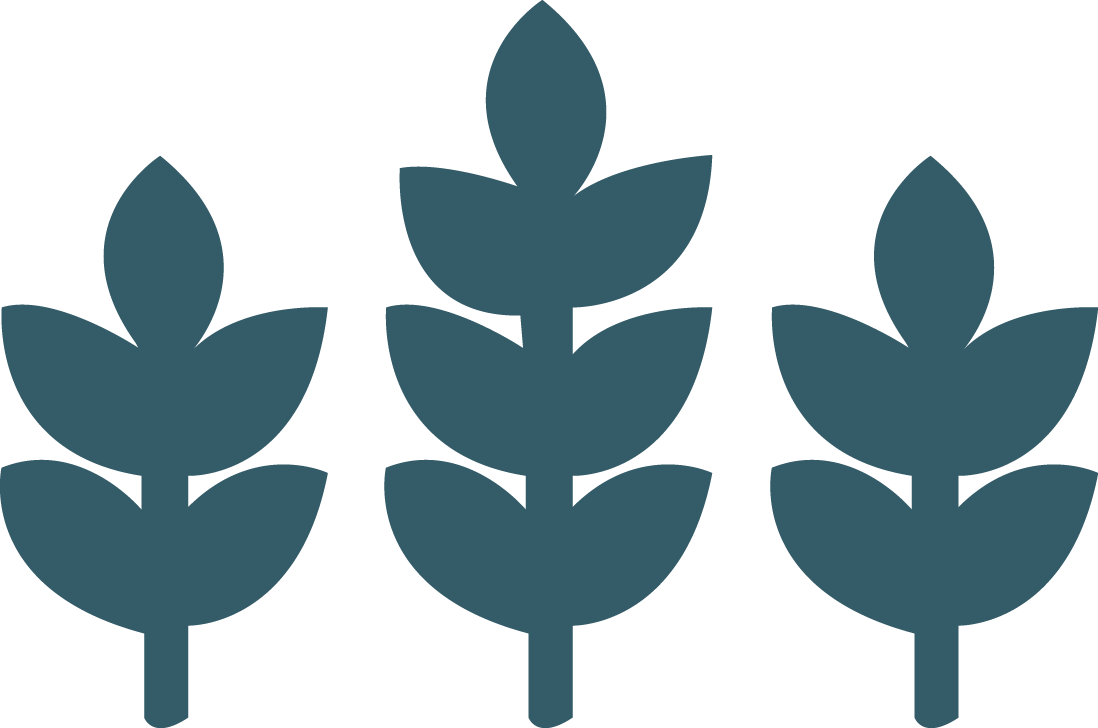This roundtable was originally published February 11, 2016.
Special Note – This month’s roundtable does not include a video or audio recording. We are very sorry for the inconvenience!
Unfortunately, Laramie, WY has had periodic internet outages for periods of several hours every day throughout this week. Thanks to good ol’ Murphey’s Law (and our town’s crappy internet provider), we had an outage during the start of the roundtable, as well as a poor connection during the length of the roundtable.
As a result, our recording was not useful. However, the advertised content is still fully covered below!
About the Upstart Farmers Roundtables
Upstart Farmers Roundtables are an informal, biweekly event. Using Google Hangouts video calling, a small group of Upstart Farmers comes together to share their experiences and learn from each other. Each week is guided by a discussion topic, with growers welcome to ask their own questions.
Roundtables are exclusively for Upstart Farmers, and recordings are only released to the Upstart Farmers Community.
Roundtable: Types of Media
There are many different types of growing media – too many to get into here. However, Nate summarized some of the most common according to structure, natural vs artificial and organic vs inorganic. I have summarized them in the chart below.
Weight of Media
Weight is an important aspect of growing media selection.
Generally speaking, engineered media is always better than natural media because it is designed specifically for the purpose of growing. Natural media like moss does not exist for the purpose of growing plants hydroponically. It won’t hold up like artificial media.
Fibers are also considered superior to aggregates. Aggregates represent the age old trade off between void space (size) and Specific Surface Area (SSA). The larger the particle, the lower the surface area to volume ratio. The smaller the particle, the higher the surface area to volume ratio.
Larger aggregates have higher void space to volume ratio. Smaller aggregates have lower void space to volume ratio. This is problematic because we need both void space and SSa.
Therefore, larger aggregates drain well, but have smaller than acceptable SSA.
Fibers, on the other hand, allow us to have our cake and eat it too – meaning they give us high SSA, much higher than possible with aggregates, while simultaneously preserving void space assuming the fiber is engineered to do so (not natural).
Structure is also important, especially in a vertical farming setting.
Structure, which ultimately equates to support, is more important in a vertical farming setting than most. Whether you are doing vertical plane or horizontal plane vertical production, weight becomes an important limiting factor. Part of what helps distribute and control weight on both the physical building structure and the plant itself, is the structure of the medium
As you move toward a true vertical setting, like ZipGrow towers, it’s important to be able to support your plants vertically. Matrix media is really the only good way to do this.
Matrix media is extremely supportive, yet very lightweight. Matrix media is engineered to provide support and structure in multiple ways. Majority of the structure is actually provided as the media pushes against the side walls of the ZipGrow tower housing and uses this friction to hold up. Additionally, Matrix Media is sturdy enough that it also effectively bears the weight from the bottom as well. All while having great SSA and void space.
The only other somewhat structural medium is rock wool. Unfortunately rockwool still has pretty poor structure and void space.
Picking a medium for your application/ easy of use
Before you set your heart on a medium for one reason or another, it is also important to consider your application.
Consider things like what you are growing, how you are growing, who will be working with the medium, etc.
For example, if you are growing root vegetables, Matrix Media is not a good choice. It’s better to go with something like hydroton or an organic granular of some kind. If you are growing tomatoes, which are longer lived, bato buckets with ¾” crushed granite is a great choice. If you’re growing leafy greens, herbs, or some fruiting crops Matrix Media is the way to go.
So, where can you source media?
If you’re looking for expanded shale, we highly recommend you get in touch with Rob Torcellini of Bigelow Brook Farm, LLC.
You can buy hydroton from Germany or China. Germany’s is higher quality, but more expense. China’s is cheaper, but it’s really hard to track what’s actually in your material.
- You can find rock media anywhere.
- Grodan ships from Europe, but you can get it locally in most places.
- Matrix Media of course is distributed by us.
- Coco coir and sphagnum moss are common in horticultural supply companies.
